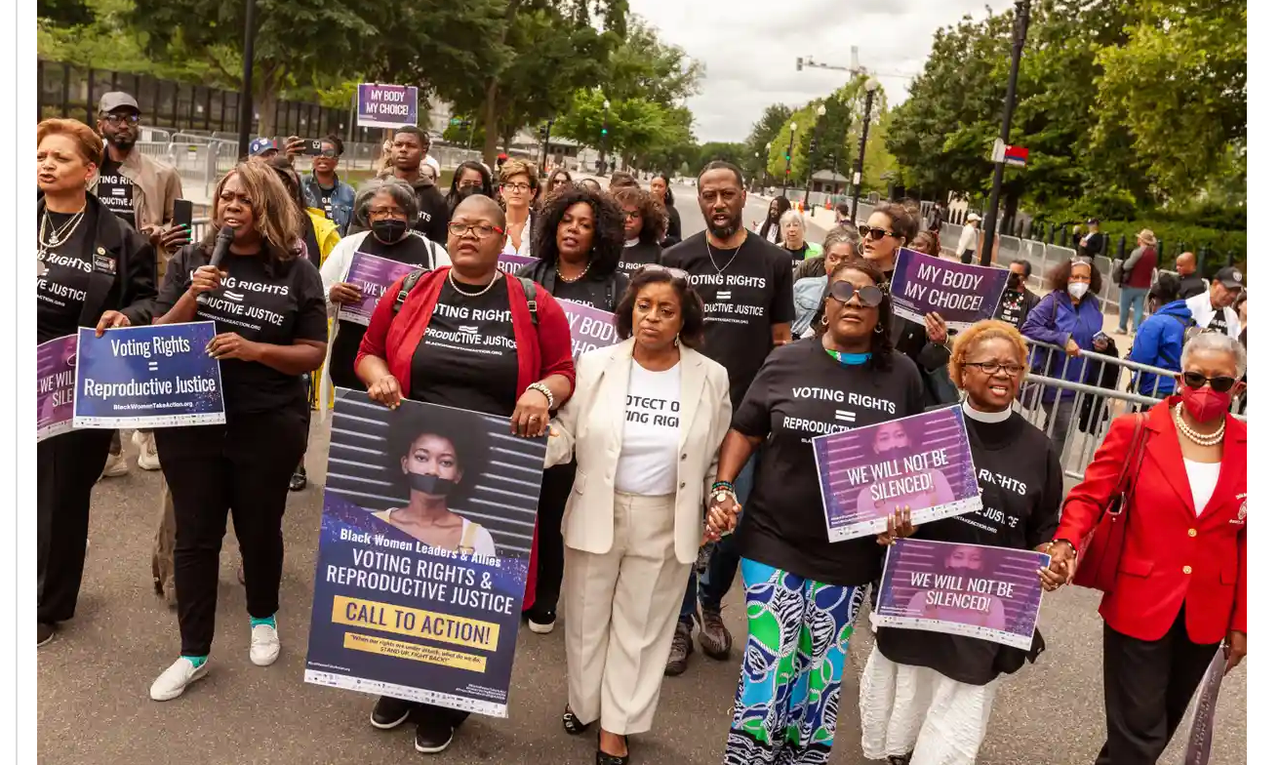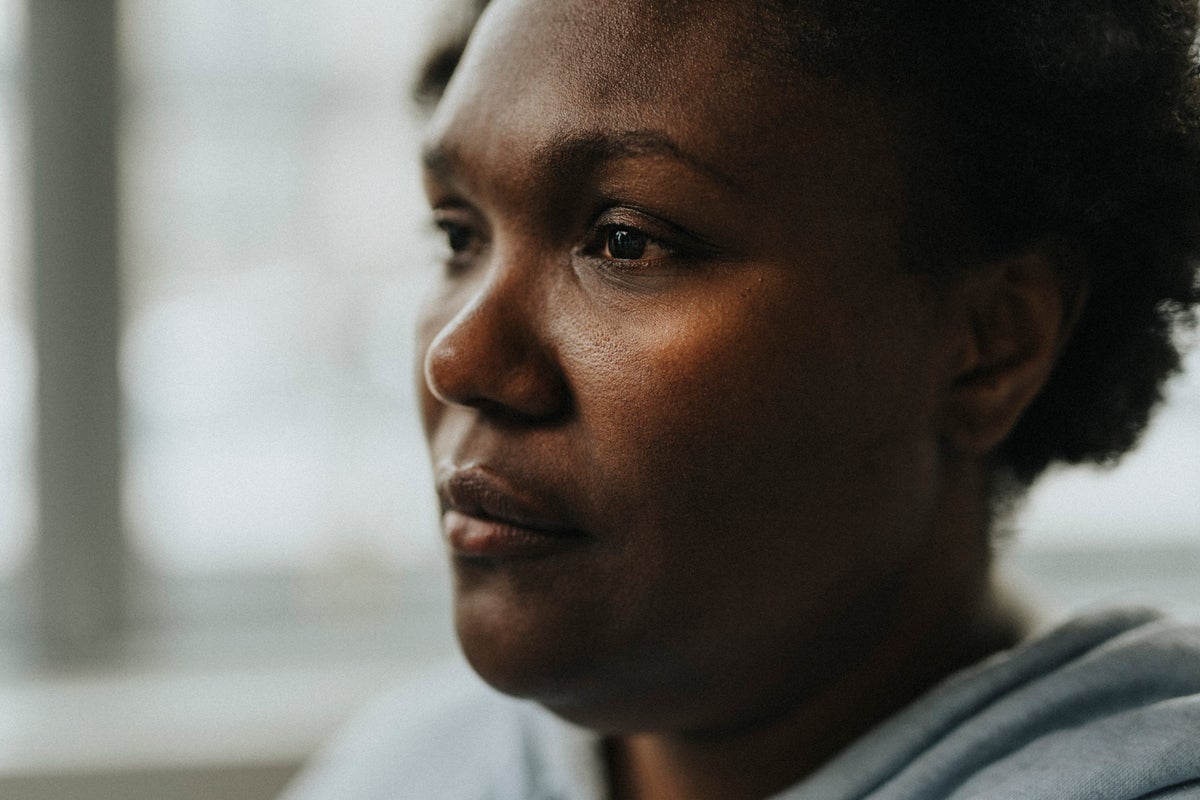

By now, we know our melanin doesn’t protect us from the sun, thanks to hyperpigmentation, premature aging, and even skin cancer. “Skin cancer can sometimes be more challenging to detect in darker skin tones,” epi.logic founder and oculofacial plastic surgeon at Brooklyn Face and Eye Dr. Chaneve Jeanniton tells ESSENCE. “It may appear as dark spots, patches, or discoloration, making it crucial for individuals with darker skin to perform regular skin checks.”
Although skin cancer represents 1-2% of all cancers in Black people, we have an estimated five-year melanoma survival rate of 71 percent, versus 94 percent for white patients. As the UV index increases in the weeks ahead, knowing the warning signs and how to help prevent skin cancer can save your life.
Below, Dr. Jeanniton and dermatologist at Hudson Dermatology and Laser Surgery Dr. Muneeb Shah discuss the signs of skin cancer in darker skin tones and how to help protect your skin this summer and beyond.
The impact of skin cancer on the skin can vary depending on the type of skin cancer and its stage. “Skin cancer develops when skin cells undergo genetic mutations that cause them to grow uncontrollably and form malignant tumors,” Dr. Jeanniton says. According to Dr. Jeaniton and Dr. Shah, factors such as genetics and immune conditions can play a role. However, UV exposure can significantly increase your risk. “These mutations are often triggered by exposure to UV radiation from the sun or tanning beds,” she says.
“Basal cell carcinoma typically appears as a pearly or waxy bump, while squamous cell carcinoma often manifests as a firm, red nodule or a flat lesion with a scaly crust,” explains Dr. Jeanniton. However, melanoma is the most dangerous and common skin cancer in darker skin. “Melanoma usually presents as an irregularly shaped mole or spot with asymmetrical borders and uneven coloring.”
Dr. Shah warns that skin cancer can be hidden as well. “In darker skin types, skin cancers can present as simple moles that change over time,” he says, specifically on the groin and limbs. “It’s not uncommon to see melanoma present on the nail beds of darker skin patients [as well].”
Limit prolonged sun exposure
While genetics play a major role in predisposing some individuals to skin cancer, Dr. Jeanniton notes environmental factors, particularly UV radiation exposure, as significantly contributing to its development. “Those living in regions with high UV index levels or who spend prolonged periods outdoors without adequate protection are at increased risk,” she says. Although the weather may be pulling you out of bed (sunlight is proven to help depression and anxiety), taking intermittent breaks from exposure during peak hours is integral to your skin’s health.
Use sunscreen
“Sunscreen is the most important thing you can wear,” Dr. Shah says. “While basal cell skin cancers may be more common in lighter skin types, photo damage can still affect those with darker skin.” Other than skin cancer prevention, sunscreen helps slow down the effects of aging and prevents hyperpigmentation. The most important part, however, is actually using it. “Despite all the great education on the benefits of daily SPF, the reality is that so many of us are still not using sunscreen,” adds Dr. Jeanniton.
It is highly recommended (required, if you will) to reapply SPF 30 or higher at least every two hours of sun exposure. Dr. Jeanniton recommends her personal favorites: Elta MD UV Clear, Beauty of Joseon Relief Sun, and IsnTree Hyaluronic Acid Watery Sun Gel for their texture and finish. For those who wear makeup, “there are sunscreen powders that make touch-up reapplication throughout the day easier to accomplish,” she says. Dr. Shah adds, “the best sunscreen is the one you will use.”
Get regular skin checks
When in doubt, go to the doctor. “Consult a dermatologist promptly if you notice suspicious growths or changes,” Dr. Jeanniton warns. According to the American Cancer Society, checking your skin regularly may help you spot any new or abnormal moles or other growths. Then, you can show them to your doctor to make sure they don’t turn into skin cancer.
As an oculofacial plastic surgeon, Dr. Jeanniton has specific experience managing skin cancers around the eyelids and face. “Most skin cancers are treated by performing an excision, followed by reconstruction,” she says. “However, there are also options like chemotherapy, radiation, and other targeted therapies.” Dr. Shah notes that new forms of treatment may also offer topicals or laser treatments. In addition to that, certain areas can use the “Mohs technique to ensure they remove the skin cancer fully while maximizing any healthy tissue around the area,” he says.







